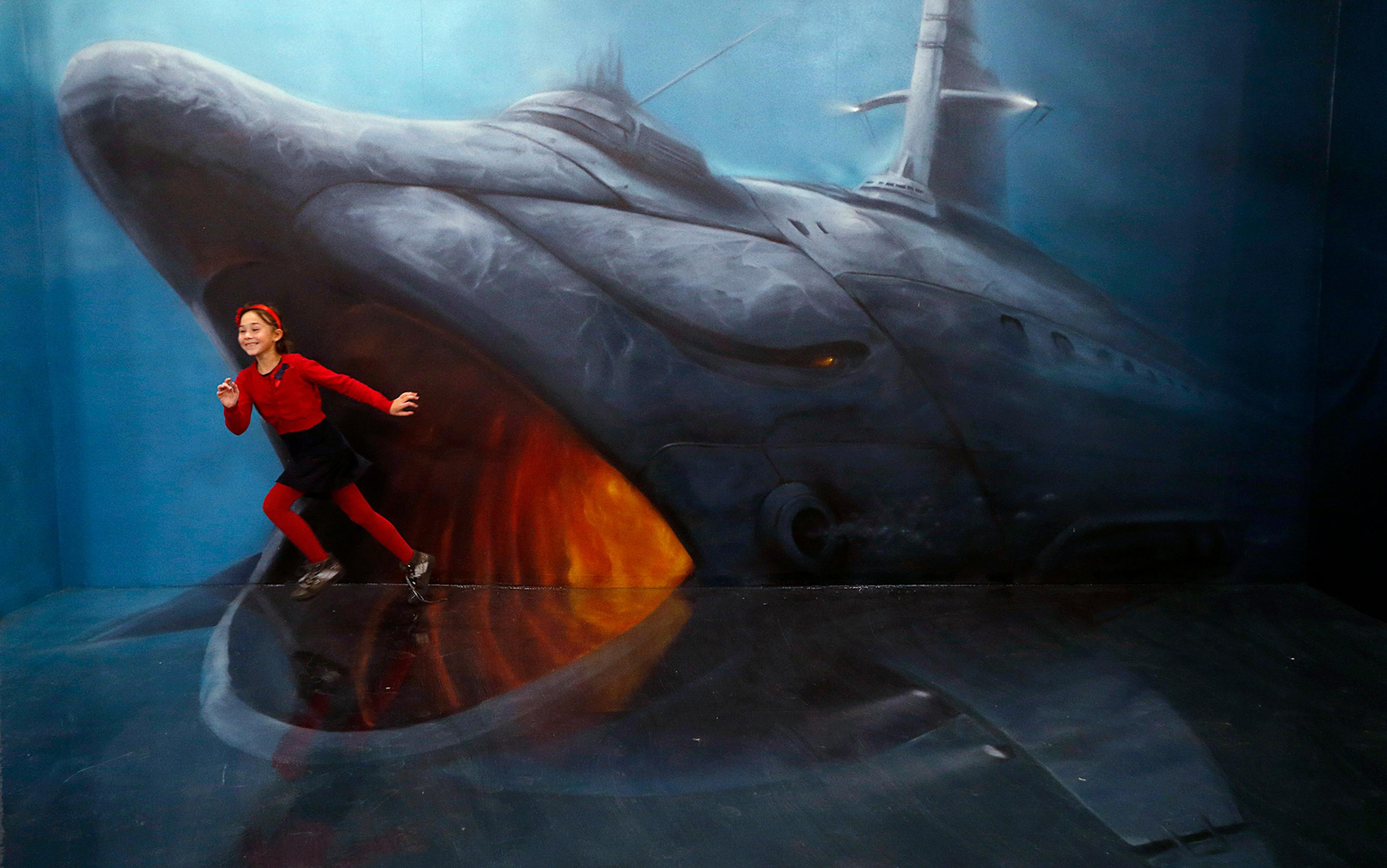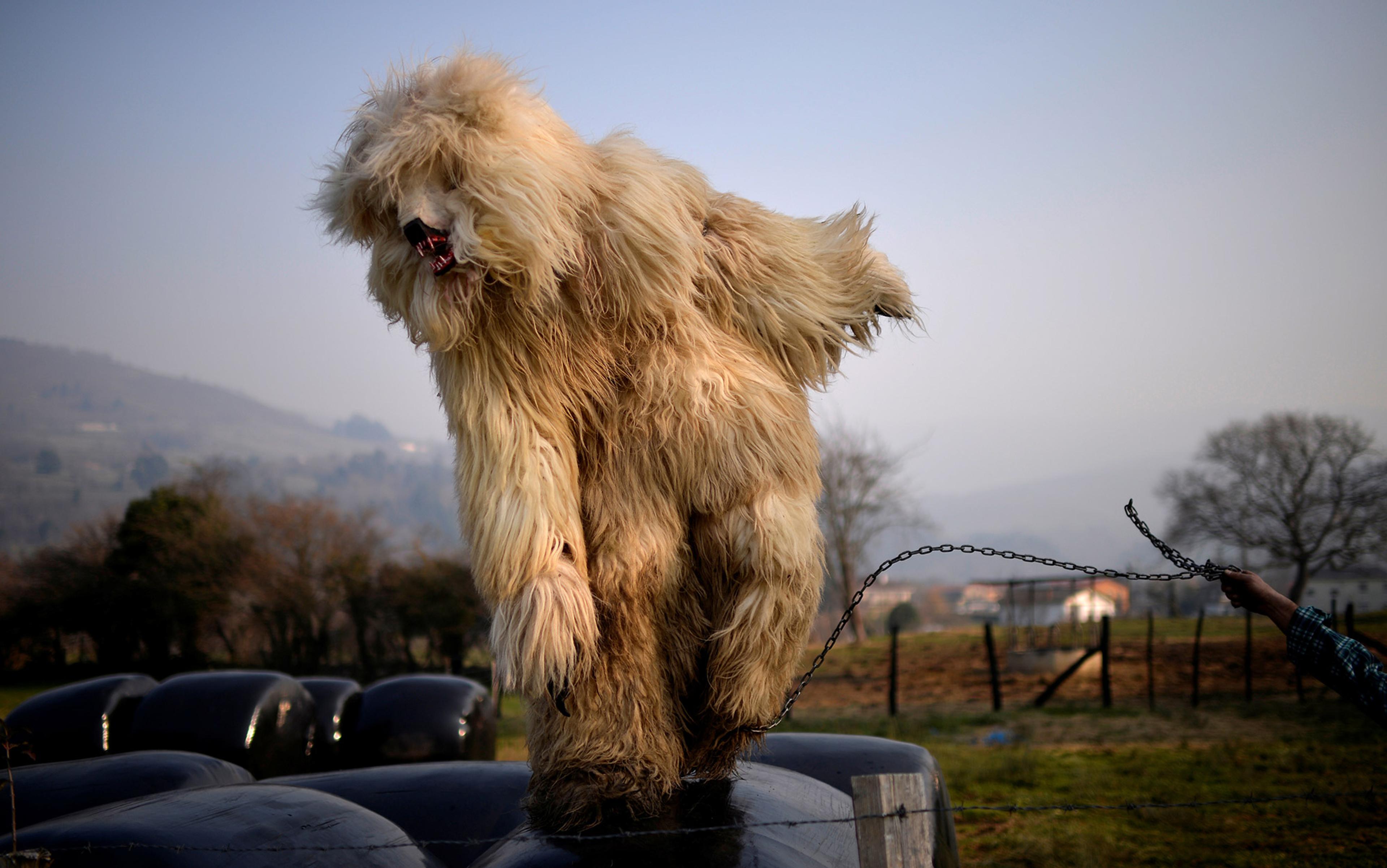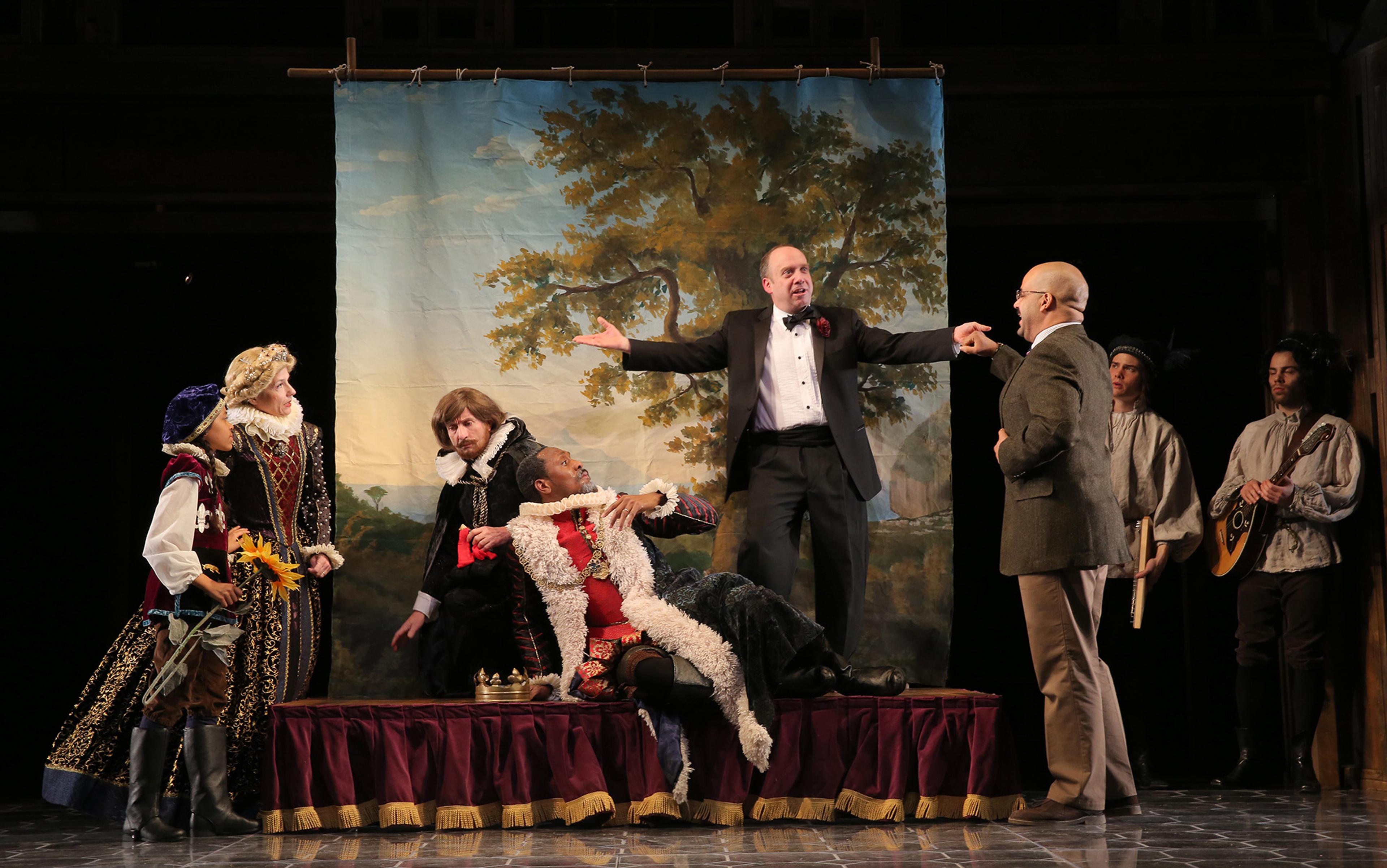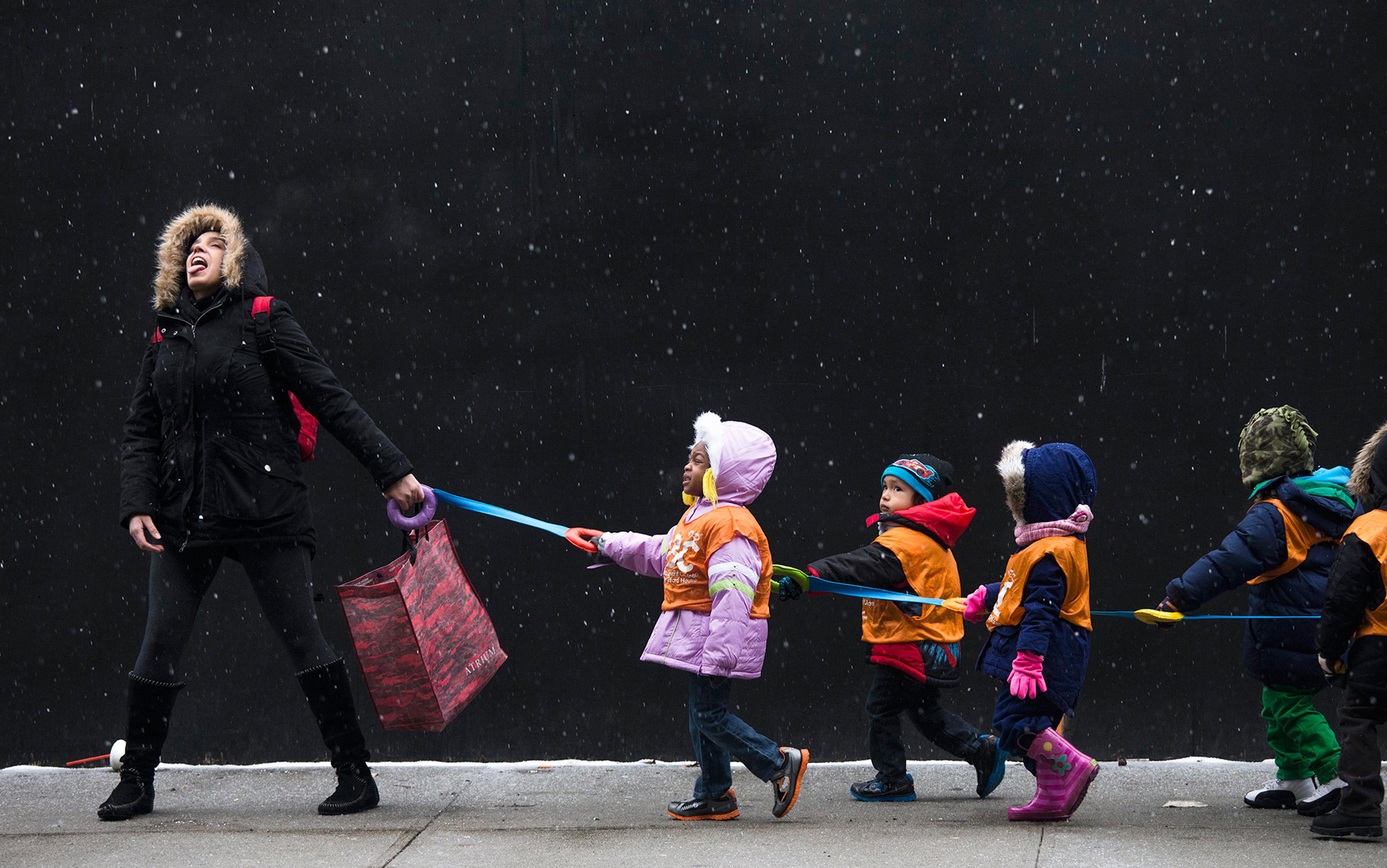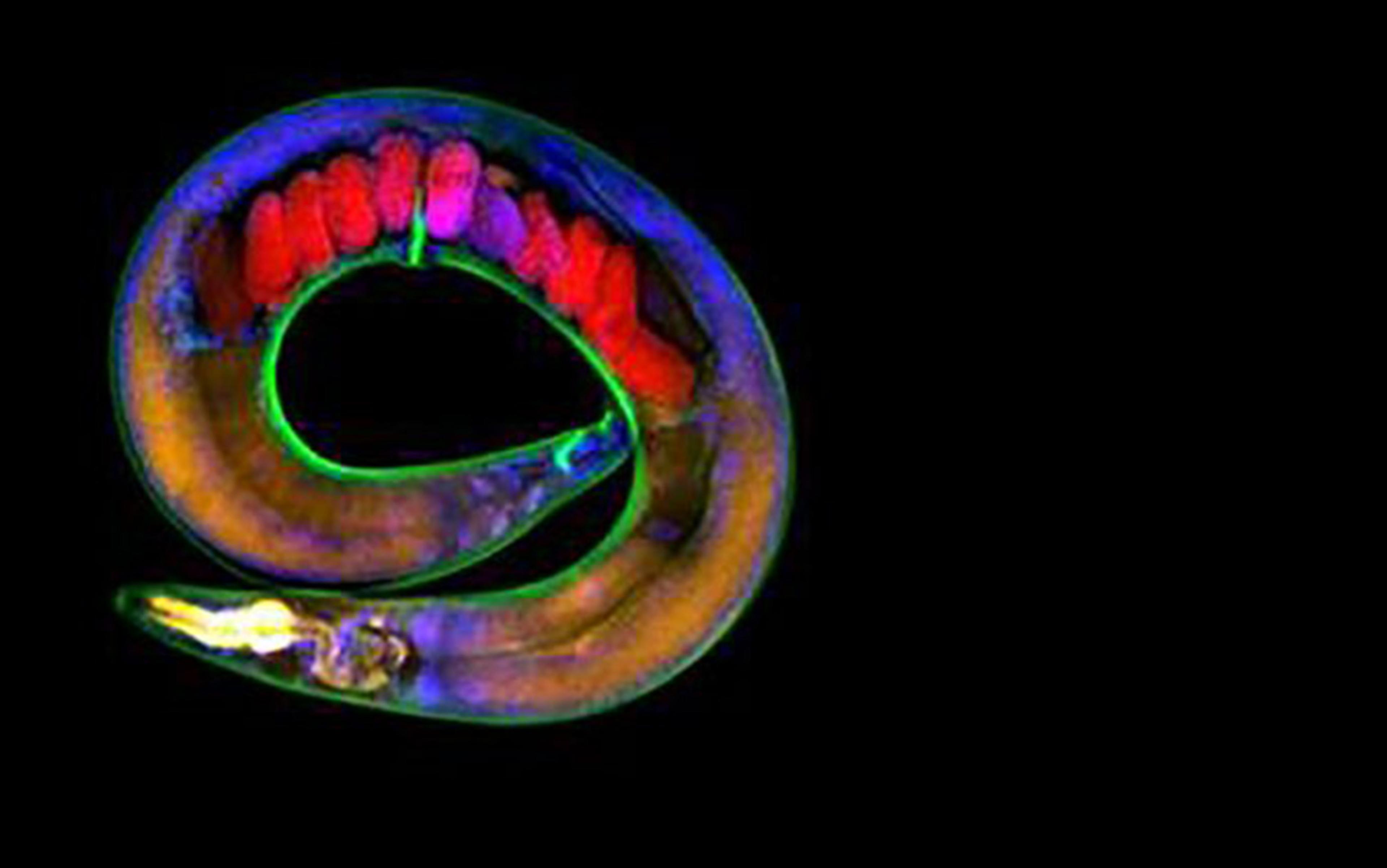Imagination is intrinsic to our inner lives. You could even say that it makes up a ‘second universe’ inside our heads. We invent animals and events that don’t exist, we rerun history with alternative outcomes, we envision social and moral utopias, we revel in fantasy art, and we meditate both on what we could have been and on what we might become. Animators such as Hayao Miyazaki, Walt Disney and the people at Pixar Studios are masterful at imagination, but they’re only creating a public version of our everyday private lives. If you could see the fantastic mash-up inside the mind of the average five-year-old, then Star Wars and Harry Potter would seem sober and dull. So, why is there so little analysis of imagination, by philosophers, psychologists and scientists?
Apart from some cryptic passages in Aristotle and Kant, philosophy has said almost nothing about imagination, and what it says seems thoroughly disconnected from the creativity that artists and laypeople call ‘imaginative’.
Aristotle described the imagination as a faculty in humans (and most other animals) that produces, stores and recalls the images we use in a variety of mental activities. Even our sleep is energised by the dreams of our involuntary imagination. Immanuel Kant saw the imagination as a synthesiser of senses and understanding. Although there are many differences between Aristotle’s and Kant’s philosophies, Kant agreed that the imagination is an unconscious synthesising faculty that pulls together sense perceptions and binds them into coherent representations with universal conceptual dimensions. The imagination is a mental faculty that mediates between the particulars of the senses – say, ‘luminous blue colours’ – and the universals of our conceptual understanding – say, the judgment that ‘Marc Chagall’s blue America Windows (1977) is beautiful.’ Imagination, according to these philosophers, is a kind of cognition, or more accurately a prerequisite ‘bundling process’ prior to cognition. Its work is unconscious and it paves the way for knowledge, but is not abstract or linguistic enough to stand as actual knowledge.
This rather mechanical approach to the imagination is echoed in more recent computational and modular theories of the mind, according to which human thinking is packaged by innate processors. The American philosopher Denis Dutton, for example, argued in The Art Instinct (2009) that landscape paintings are popular because they trigger an innate instinctual preference for distant scouting positions in our ancestors, who were evaluating the horizon for threats and resources. That view – dominant in contemporary evolutionary psychology – seems very far away from the artist’s or even the engineer’s view of creative imagination.
It is perhaps unsurprising that philosophers and cognitive theorists have a rather arid view of the imagination, but our everyday ideas about the imagination are not much better. Following the Greeks, we still think of our own creativity as a muse that descends upon us – a kind of spirit possession or miraculous madness that flooded through Vincent van Gogh and John Lennon, but only trickles in you and me. After the great Texas guitar improviser Stevie Ray Vaughan died, Eric Clapton paid tribute by describing him as ‘an open channel … music just flowed through him’.
We’ve romanticised creativity so completely that we’ve ended up with an impenetrable mystery inside our heads. We might not literally believe in muse possession anymore, but we haven’t yet replaced this ‘mysterian’ view with a better one. As the Austrian painter Ernst Fuchs said of the mysterious loss of self that accompanies the making of art: ‘My hand created, led in trance, obscure things … Not seldom, I get into trance while painting, my state of consciousness fades, giving way to a feeling of being afloat … doing things I do not know much about consciously.’ This mysterian view of imagination is vague and obscure, but at least it captures something about the de-centred psychological state of creativity. Psychologists such as Mihaly Csikszentmihalyi have celebrated this aspect of creativity by describing (and recommending) ‘flow’ states, but the idea of ‘flow’ has proven little more than a secular redescription of the mysterian view.
Evolutionary thought offers a path out of this confusion. In keeping with other evolved aspects of the human mind, the imagination has a history. We should think of the imagination as an archaeologist might think about a rich dig site, with layers of capacities, overlaid with one another. It emerges slowly over vast stretches of time, a punctuated equilibrium process that builds upon our shared animal inheritance. In order to understand it, we need to dig into the sedimentary layers of the mind. In The Descent of Man (1871), Charles Darwin says: ‘The Imagination is one of the highest prerogatives of man. By this faculty he unites former images and ideas, independently of the will, and thus creates brilliant and novel results … Dreaming gives us the best notion of this power; as [the poet] Jean Paul Richter says: “The dream is an involuntary art of poetry.”’

Procession, Zimbabwe, Chinamora, Massimbura 8,000-2,000 BCE. Watercolour by Elisabeth Mannsfeld, 1929, 65 x 202.5 cm © Frobenius-Institut Frankfurt am Main
Richard Klein, Maurice Bloch and other prominent paleoanthropologists place the imagination quite late in the history of our species, thousands of years after the emergence of anatomically modern humans. In part, this theory reflects a bias that artistic faculties are a kind of evolutionary cheesecake – sweet desserts that emerge as byproducts of more serious cognitive adaptations such as language and logic. More importantly, it is premised on the relatively late appearance of cave art in the Upper Paleolithic period (c38,000 years ago). It is common for archaeologists to assume that imagination evolves late, after language, and the cave paintings are a sign of modern minds at work, thinking and creating just as we do today.
Contrary to this interpretation, I want to suggest that imagination, properly understood, is one of the earliest human abilities, not a recent arrival. Thinking and communicating are vastly improved by language, it is true. But ‘thinking with imagery’ and even ‘thinking with the body’ must have preceded language by hundreds of thousands of years. It is part of our mammalian inheritance to read, store and retrieve emotionally coded representations of the world, and we do this via conditioned associations, not propositional coding.
Lions on the savanna, for example, learn and make predictions because experience forges strong associations between perception and feeling. Animals appear to use images (visual, auditory, olfactory memories) to navigate novel territories and problems. For early humans, a kind of cognitive gap opened up between stimulus and response – a gap that created the possibility of having multiple responses to a perception, rather than one immediate response. This gap was crucial for the imagination: it created an inner space in our minds. The next step was that early human brains began to generate information, rather than merely record and process it – we began to create representations of things that never were but might be. On this view, imagination extends back into the Pleistocene, at least, and likely emerged slowly in our Homo erectus cousins.
When we hear the word ‘cup’, the motor parts of our brain ‘pick up’ a ‘cup’
In contemporary philosophy, representation tends to be mostly understood in terms of language. A representation is an inner mental entity that has meaning via its correspondence with the external world or via its coherence within a context of other meaningful experiences (that is, other representations, rules, schema and so on). My representation of a ‘dog’ stands in for real flesh-and-blood mammals out in the world. Traditional semantic theories, from empiricism, positivism and even some semiology assumed that the basic element of meaning was the word – ‘dog’ or ‘chien’ or ‘gou’. However, philosophers such as Mark Johnson at the University of Oregon have challenged this model of meaning by showing that there are deep embodied metaphorical structures within language itself, and meaning is rooted in the body (not the head).
Rather than being based in words, meaning stems from the actions associated with a perception or image. Even when seemingly neutral lexical terms are processed by our brains, we find a deeper simulation system of images. When we hear the word ‘cup’, for example, our neural motor and tactile systems are engaged because we understand language by ‘simulating in our minds what it would be like to experience the things that the language describes’, as the cognitive scientist Benjamin Bergen puts it in Louder Than Words (2012). When we hear the word ‘cup’, the motor parts of our brain ‘pick up’ a ‘cup’.
This has been important research in how we understand the mind, but to fully understand the imagination we also need to explore the evolutionary period before language (a layer of prelinguistic mind to which I believe we still have access). Like prelinguistic toddlers, or even non-human primates, adult humans have an emotive, associational representation of a dog, for example. It might have cute associations that orient us to approach, or negative feelings that orient us to avoid. The image of a dog, in perception or in memory will be loaded with feelings and action possibilities. The word ‘dog’, by contrast, is a later, more attenuated and abstract level of representation – neutered of most emotional and motor content.
The imagination, then, is a layer of mind above purely behaviourist stimulus-and-response, but below linguistic metaphors and propositional meaning. Our modern imagination originates in this early era of image meaning, or image semantics. This historical moment (probably initiated during the early Pleistocene, c2 million years ago) is replicated or recapitulated in the processes of our contemporary imaginative activities. It is the power to take the mind offline – decoupled from the immediate flow of perception – and run simulations of counterfactual virtual realities.
Our improvisational and imaginative life today has an oblique access to the ancestral human mind. Understanding this connection is the aim of a growing research movement – called biosemantics – that seeks to ground human meaning in the embodied interaction of social primates, not just in human language. As great apes, we humans almost certainly engaged in the kind of subtle, antiphonal, body-language communication that we see throughout all social primates. Primate psychologists such as Louise Barrett in Beyond the Brain (2011) are starting to track the interaction networks that build up slowly during development, giving primates the local lexicon of gestures that ultimately serve the bigger functions of dominance and submission, mating, alliance, food sharing, provisioning and so on. But we too operate in these embodied gestural systems of meaning far more than we acknowledge. For a hilarious example of baby communication that is really about emotional expression, turn-taking and bonding, rather than describing the world or conveying information, see this video of ‘talking’ twin babies.
Our primate cousins have impressive abilities (grounded in the cerebellum) for sequencing motor activities – they have a kind of task grammar for doing complex series of actions, such as processing inedible plants into edible food. Gorillas, for example, eat stinging nettles only after an elaborate harvesting and leave-folding sequence, otherwise their mouths will be lacerated by the many barbs. This is a level of problem-solving that seeks smarter moves (and ‘banks’ successes and failures) between the body and the environment. This kind of motor sequencing might be the first level of improvisational and imaginative grammar. Images and behaviour sequences could be rearranged in the mind via the task grammar, long before language emerged. Only much later did we start thinking with linguistic symbols. While increasingly abstract symbols – such as words – intensified the decoupling of representations and simulations from immediate experience, they created and carried meaning by triggering ancient embodied systems (such as emotions) in the storytellers and story audiences.
The imaginative musician, dancer, athlete or engineer is drawing directly on the prelinguistic reservoir of meaning (sometimes called the ‘hot cognition system’ – a fast, ventral pathway through the brain that gives us emotional and semi-instinctual solutions to problems in our environment). A music improviser or intuitive problem-solver has to tap into that ancient call-and-response cognition of body language and emotional expression in order to navigate the social world properly. We try this move and watch for a response, try that move and watch. We dodge and parry this incoming gesture, accept that one. Flying by the seat of our pants, in these cases, is not just some analogy to prelinguistic communication – it is the thing itself.
Humans can just daydream about a desirable body, and the sexual equipment will begin to ramp up for action
Call-and-response, for example, is one of the oldest improvisational techniques, as is synchronisation of our melodies and our body movements (as in dance). These are ancient procedures for cementing communities, captured in performances that express and inspire emotion. At a simple level, humans synchronise their movements to dance in time. At a more complex level, they remember the dance later and experiment with it, reinventing it for themselves. Such simulation techniques allow us to explore open-ended options at the fringes of social and technological rules. Eventually such socially constrained exploration evolves into more and more offline experimentation, growing into forms of thinking with images, with sounds, with gestures.
The emotionally charged aspect of this kind of offline simulation is obvious when we consider that our animal cousins need chemical triggers and explicit perceptions of a sexually attractive body to become aroused, but humans can just daydream about a desirable body, and the sexual equipment will begin to ramp up for action. First our ancestors simulated others in real time, replicating dances and tool-making, but then these simulations became available offline (with no real-time model) as memory and executive function developed.
Computational theories of mind – that equate our minds with the binary blaze of a Google search – can jibe with our more recent linguistic thinking, but not with our earlier imaginative cognition. Image-based thinking employs gestalts of information-rich detail, and emotional and motor associations. We encode and manipulate images and gestures, thereby forming the basis of subsequent meaning. As Eric Kandel puts it in The Age of Insight (2012):
Perhaps in human evolution the ability to express ourselves in art – in pictorial language – preceded the ability to express ourselves in spoken language. As a corollary, perhaps the processes in the brain that are important for art were once universal but were replaced as the universal capability for language evolved.
I believe that the pictorial and gestural languages are still with us, and when we quiet our discursive consciousness long enough – as we do in improvisational and creative activities – we can still converse in these more ancient tongues.
A rare case from the medical literature gives us suggestive evidence that pictorial thinking has its own power independent of language. In a striking case study, in 1998 the psychologist Nicholas Humphrey at the University of Cambridge revealed the remarkable similarities between cave painting styles at Chauvet and the drawings of a 20th-century autistic girl named Nadia. Nadia’s case raises the possibility that painting and drawing, far from being the preserve of the fully modern mind, might have preceded language altogether.
Nadia was born in 1967 in Nottingham in England, and suffered from severe developmental disability. At age six, she still could not speak, had physical impairments, and many social incapacities. But even with these substantial deficits, Nadia could draw pictures with great accuracy and expression as early as age three. Humphrey placed Nadia’s toddler drawings next to the images from Chauvet and noticed striking similarities in the rendering of animals such as horses and elephants.
It is possible that Homo sapiens of 40,000 years ago were graphically literate before they were verbally literate
The contour lines of the creatures are remarkably similar, as are their dynamic poses, but also the way in which the figures are reiterated and overlaid on top of each other. This parallel is not mystical or a sign of innate representations, but rather an indication that the human mind is primed for accurate simulations. And graphic simulation – just as much as linguistic description – is a kind of knowledge.
We cannot place too much confidence in anecdotal data, but Nadia’s case should at least provoke some skepticism about the notion that Upper Paleolithic peoples had modern minds. If Nadia was so good with pictorial representation, while lacking the foundation of linguistic symbolism, then it is possible that Homo sapiens of 40,000 years ago were graphically literate before they were verbally literate. An even stronger interpretation is that Nadia was pictorially sophisticated because she had little to no conceptual/linguistic distraction in her mind. Without the alienating aspects of linguistic symbols, Nadia might have been more perceptually sensitive – leading to greater accuracy and expression in her drawing.
Nadia made meaning very effectively without propositional tools. Our recent ancestors could also have had impressive non-linguistic minds – perhaps always in imagination mode. Image-thinking could have had a complementary evolutionary pathway, alongside language, or could have evolved earlier from natural selection upon tool-making capacities and adornment techniques.
The imagination – whether pictorial or later linguistic – is especially good at emotional communication, and this might have evolved because emotional information drives action and shapes adaptive behaviour. We have to remember that the imagination itself started as an adaptation in a hostile world, among social primates, so perhaps it is not surprising that a good storyteller, painter or singer can manipulate my internal second universe by triggering counterfactual images and events in my mind that carry an intense emotional charge. Fantasy that really moves us – whether it is high or low culture – tends to resonate with our ancient fears and hopes. The associational mind of hot cognition – located more in the limbic system – acts as a reservoir for imaginative artists. Artists such as Edgar Allan Poe, Salvador Dalí, Edvard Munch and H R Giger can take controlled voyages to their primitive brain (an uncontrolled voyage is madness), and then bring these unconscious forces into their subsequent images or stories.

Archer, Republic of South Africa, Korf Hoeks Farm, 8,000-2,000 BCE. Watercolour by Maria Weyersberg,Courtesy Frobenius-Institut Frankfurt am Main
The imagination is proficient at image associations, but it’s also extremely adept at mixed-media associations. Thinking and communicating with images requires access to inner representations, but the artist is shuffling these images into unnatural and unexpected combinations. Our very ancient cognitive abilities to free-associate become interwoven with more sophisticated aspects of cognition, such as executive function and the ability to mix or violate taxonomic categories – hybridising images. When we imagine, we blend pictures and propositions, memories and real-time experiences, sounds, stories and feelings. It is a multimedia processor that jumps laterally through connotations, rather than downward through logical inference. Much of this is unconscious, which is why the muse simile is so powerful, but this phase is followed by a reentry phase, where the free associations or stream of consciousness are brought back under executive control, and integrated into the more focused projects of the agent or artist.
Hominin waking life might have been closer to the free associations of our contemporary dream life
The mysterians have focused on this egoless stream-phase of imagination, while the mechanists have focused on the combinatorial results, produced in the dark machinery of imagination. Each model captures an aspect of imagination, but when we consider the evolution of mind we see how the two models are integrated in the activity of our embodied cognition.
In the earliest phase of this evolutionary process (probably during the Pliocene epoch) we had a kind of involuntary imagination. At this time, hominin waking life might have been closer to the free associations of our contemporary dream life. Our ancestors could obviously perceive a lion on the savanna, but random memory images of lions might also rise up unpredictably while engaged in daily work. Next, during the Pleistocene, a semi-voluntary imagination arose, like we find in real-time hot cognition (still accessible in our contemporary improvisational creativity). We can imagine, for example, how ritualised behaviours guided by shamans would have brought imaginary beings (some based on lions) into consciousness through habitual actions and gestures.
And finally (from Upper Paleolithic through Holocene epochs), the voluntary imagination emerges, which harvests associational products from the first two phases and brings them under the executive control of cold cognition (slow, logical deliberation). For example, the cave paintings ‘lion man’ at Hohlenstein-Stadel in Germany and ‘bison man’ in the Grotte de Gabillou in France might be early examples of the voluntary mixing of animal and human forms in the visual arts. Hybridised or composite creatures occupy some of our earliest cultural expressions – from cave painting to Mesopotamian, Egyptian and Vedic mythologies. Such zoological category violations appear to be early (and persistent) manoeuvers in the logic of imagination.
Between the modular circuitry and mysterious flights of fantasy lies the humble realm of evolutionary degrees. Before you have a modern eye, you need a simpler optical predecessor, and before that you need responsive light-sensitive tissue. Evolution scales up from the ground, so to speak. Similarly, evolution built a crude imaginative faculty before language and culture refined it into a sophisticated one. The raw system (dominated by emotional and perceptual associations) is still alive and well in the basement of our psychology. You can get a glimpse of it in your dreams, or just pick up a musical instrument or a brush and paper, and open the ancestral mind’s eye.
Stephen T Asma’s latest book, ‘The Evolution of Imagination’ (2017), is published by the University of Chicago Press.

